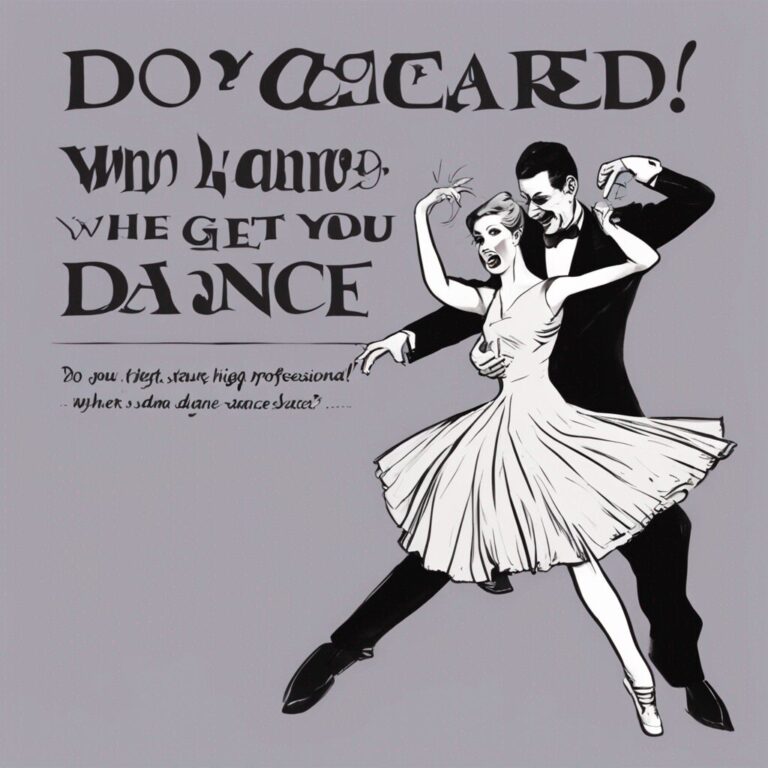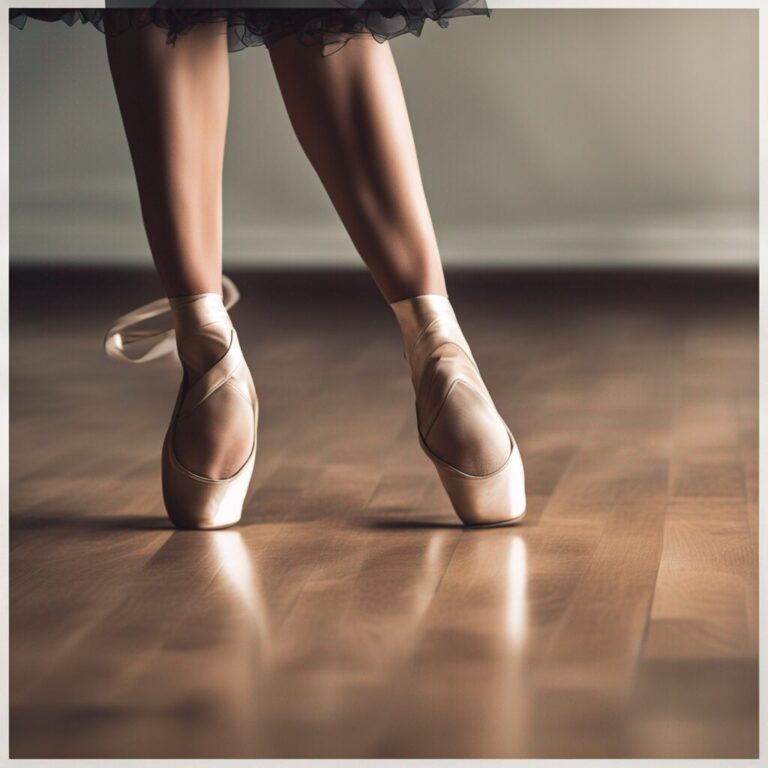A Shift in Sensual Bachata Dance Moves
As an experienced bachata dancer, I have danced and watched this beautiful form of art evolve over the years. One of the noticeable changes in the dance is in the execution of headrolls. Headrolls have always been a critical, yet exquisite element of the sensual bachata that adds character to the dance. However, there’s been a change in how they are executed over the years. These changes can be intriguing, especially for those who have kept up with the dance over time.
Changes in the Art of Headrolling
In the past 2-3 years, I’ve noticed that followers in bachata are executing basic headrolls differently than before. They usually stop the roll halfway, around the point where their head is facing down, and then either come straight up or add a styling that breaks the flow of the circular movement. This break in the circular movement disrupts the flow of full-circle headrolls and adds a different flavor to the dance.
Headroll Techniques in Bachata
In the execution of a proper headroll, the lead is usually with a torso tilt, and there’s a weight shift involved. However, the recent changes in the execution of these headrolls seem to disregard this technique. This raises the question: what could be responsible for this shift?
Impact of BachaZouk and Dance Styling
There are several factors that could have led to this shift in how bachata dancers execute headrolls. One of the factors is the influence of other dance styles like BachaZouk. The teaching of the headroll techniques in these dances often differ, and as dancers learn these different forms, they incorporate new techniques into their bachata dance. This doesn’t mean that these new techniques are wrong; rather, they add diversity to bachata and make it more interesting.
A New Era for Bachata Dance?
The recent changes in bachata headrolls may be seen as a reflection of the evolution of dance. Dance, like any other art form, evolves with time, and the creative expressions of dancers play a significant role in this evolution. Even if this new way of executing headrolls in bachata may be unconventional, it’s part of the dance’s evolution and further proves that dance is indeed a dynamic art form.
Keeping Up with the Change
Whether you’re a follower or a leader in bachata, keeping up with the evolution of bachata dance is crucial. Accept the changes and adapt to them. After all, the essence of dance lies in its ability to evolve and adapt over time, providing dancers with new ways to express themselves and connect with their audience.
In conclusion, the changes in how headrolls are executed in bachata are part of the dance’s evolution. These changes provide dancers with new opportunities to express themselves, introduce variety into the dance, and keep the dance form dynamic and interesting.







